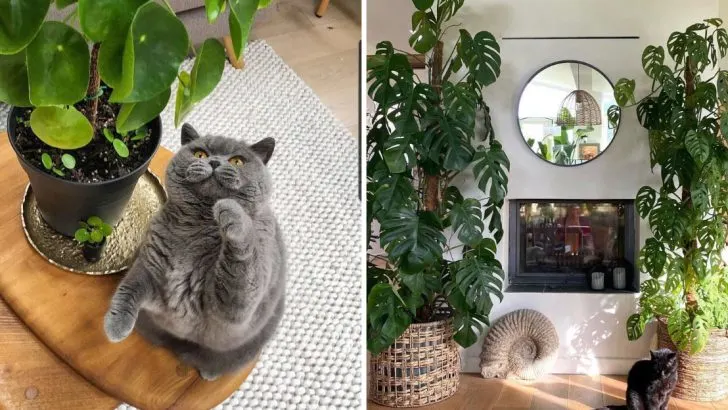Cats are naturally curious creatures, and houseplants often become the targets of their playful or nibbling instincts. While your feline’s antics may be entertaining, they can spell trouble for your greenery – and in some cases, pose a risk to your pet’s health.
Striking a balance between a thriving indoor garden and a cat-friendly home may seem challenging, but it’s entirely possible with a few clever strategies.
In this article, we’ll share six practical tips to protect your indoor plants from curious cats, ensuring your plants stay beautiful and your furry friend stays safe. From smart placement to cat-approved distractions, these tips will help you maintain harmony in your home.
Choose Cat-Friendly Plants
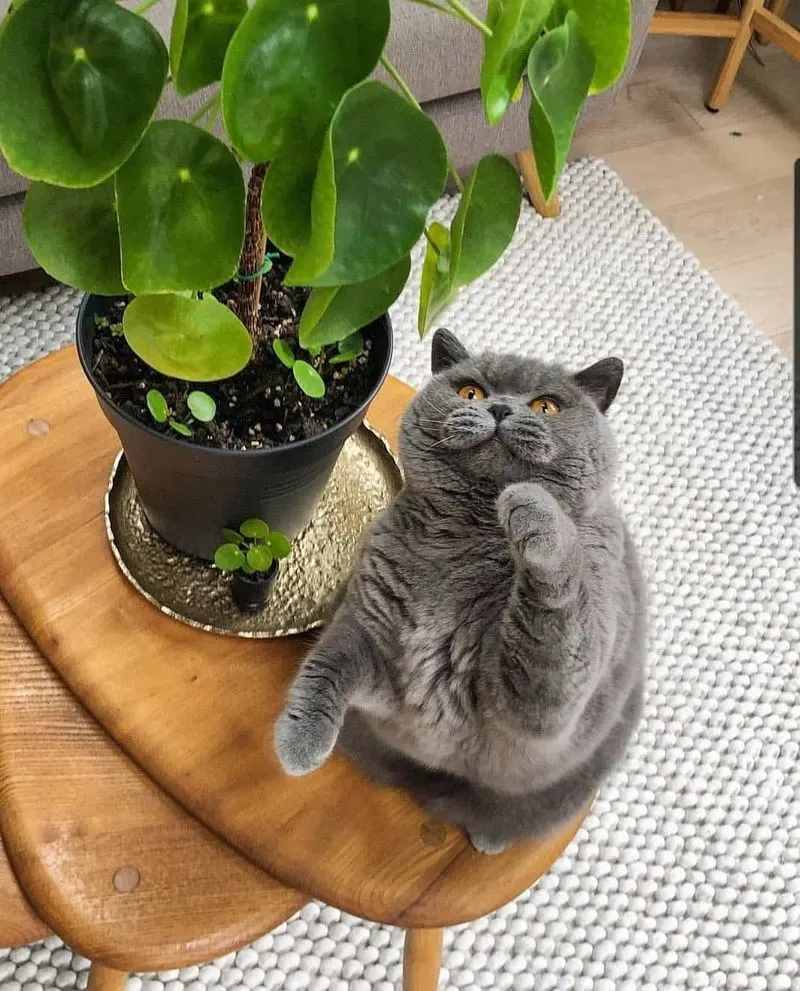
Opt for plants that are non-toxic to cats. Spider plants and bamboo palm are excellent choices. These plants not only enhance your home decor but also ensure your feline friend stays safe. It’s wise to research and select vegetation known for being pet-friendly, reducing risks if your cat decides to take a nibble.
Choosing the right plant ensures peace of mind. Keeping your pets and plants safe can go hand in hand with a little forethought. After all, prevention is better than cure when it comes to curious cats.
Use Decorative Stones
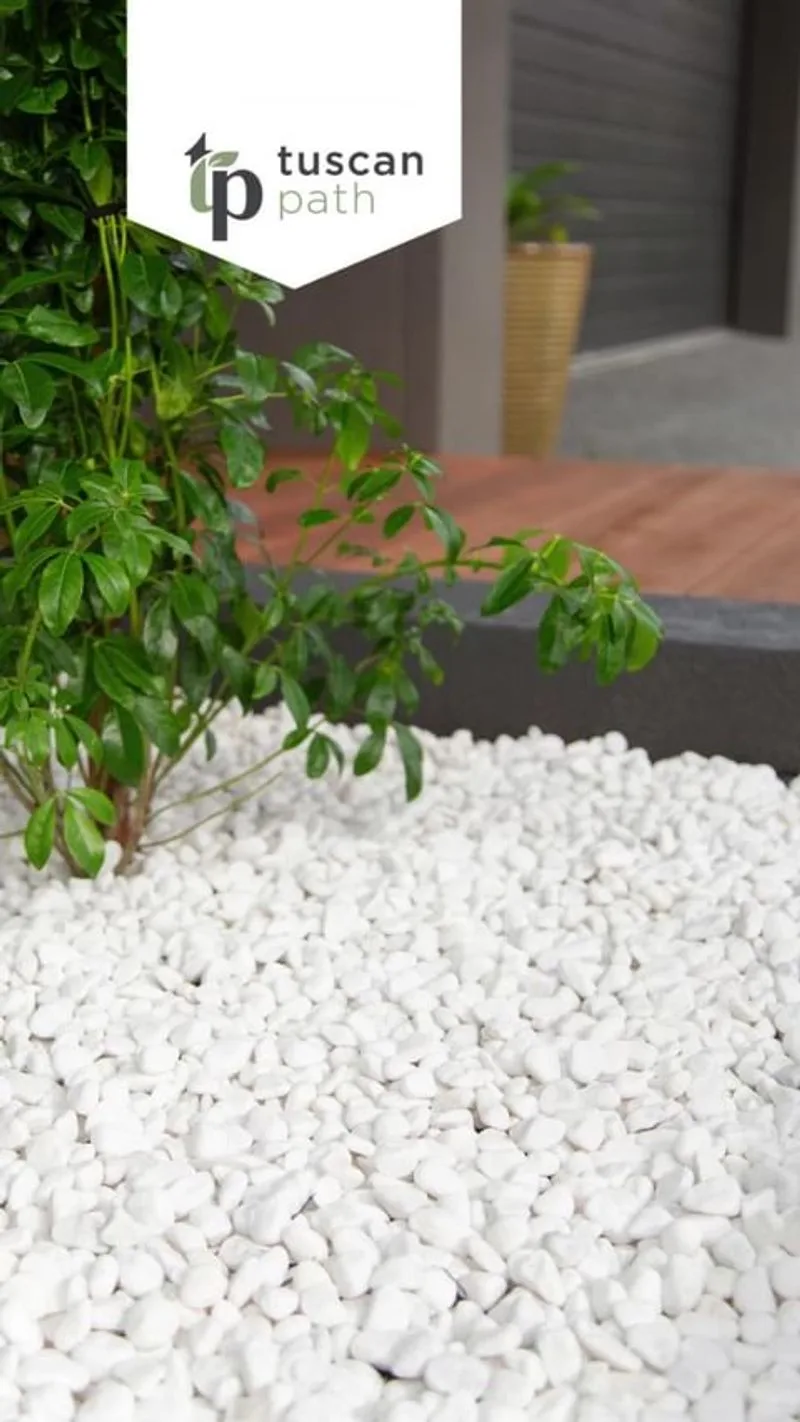
Covering the soil with decorative stones discourages cats from digging. The texture is unappealing, making it less likely for them to disturb your plants. This simple addition transforms the plant’s look and serves a dual purpose.
Not only does it add an element of style, but it effectively keeps soil in place. While cats enjoy digging, a bit of creativity can maintain your plant’s integrity. Choose stones that complement your home’s interior, striking a balance between aesthetics and functionality.
Place Plants Strategically
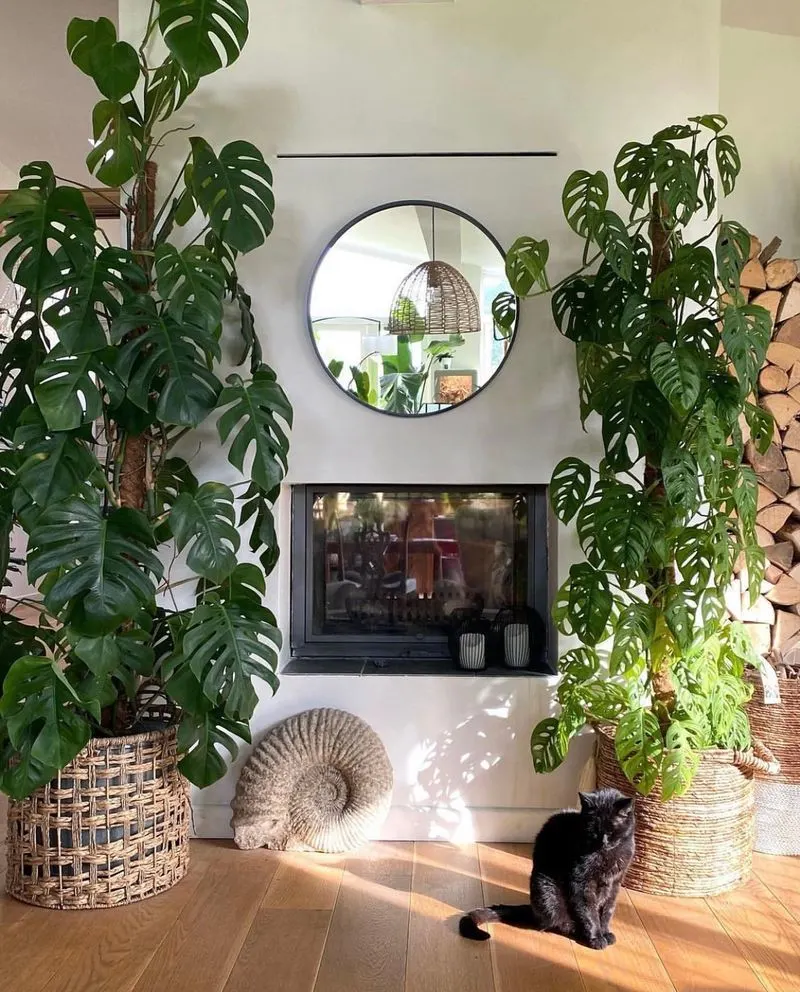
Position your plants in areas that are less accessible to cats. High shelves or hanging planters are excellent options. This ensures your feline companion can’t easily reach them, safeguarding both plant and pot.
Strategic placement also allows you to utilize natural light effectively. Cats might be agile, but keeping plants out of direct paths can deter unwanted attention. Consider your cat’s climbing abilities and adjust accordingly. It’s all about staying one step ahead in the game.
Utilize Citrus Scents
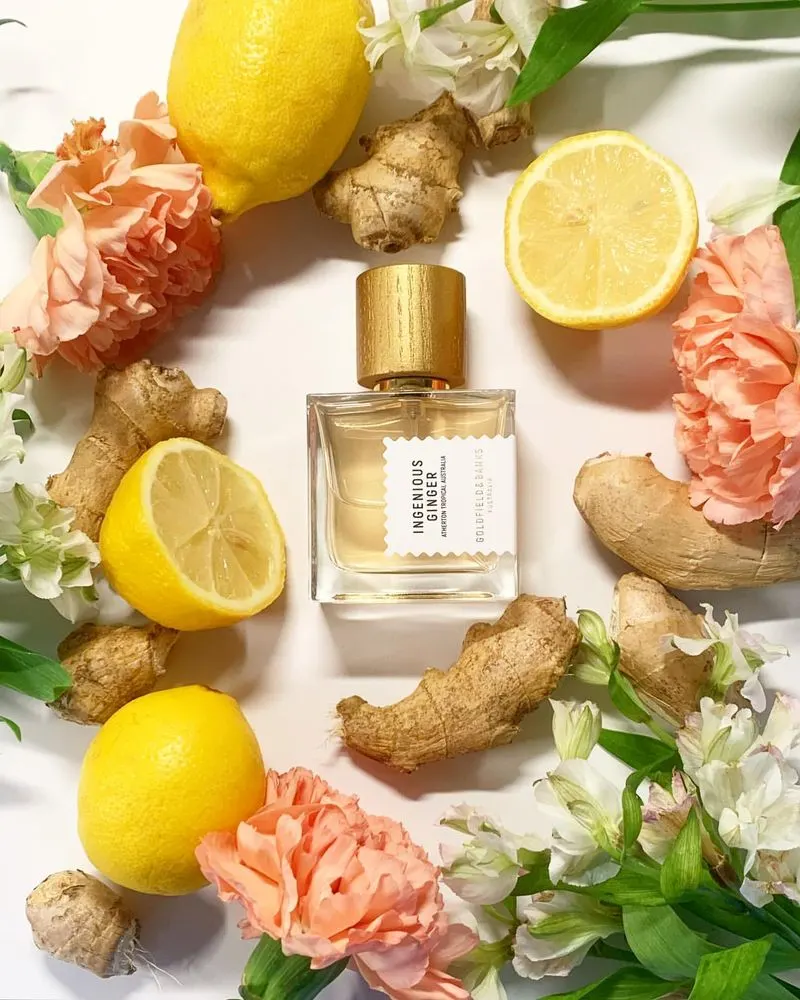
Cats typically dislike citrus scents, making them an effective deterrent. Placing citrus peels around your plants can keep curious cats at bay. This natural solution is easy to implement and avoids the need for chemicals.
The fresh scent is pleasant for humans while serving as a barrier for cats. It’s a subtle way to protect your plants without altering your home’s aesthetics. Keep the peels fresh for maximum effectiveness, and enjoy the dual benefits of fragrance and protection.
Train Your Cat
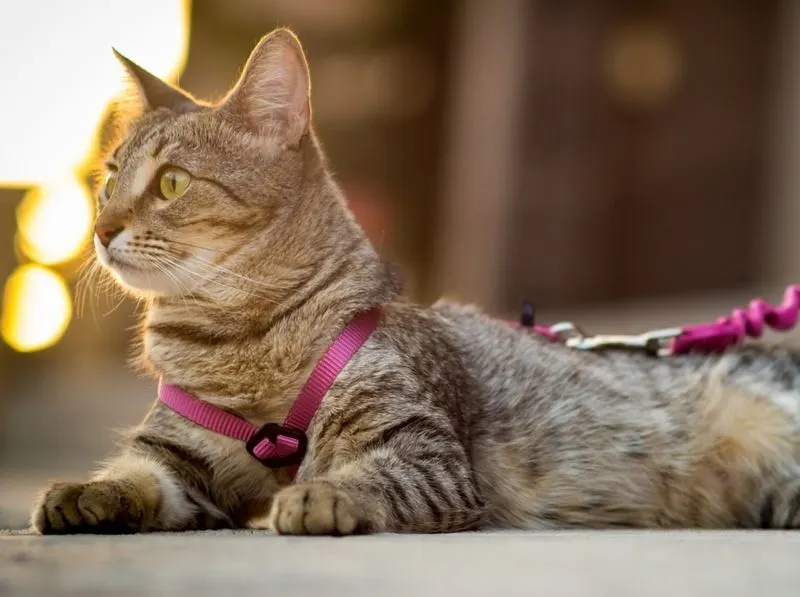
Training your cat can be effective over time. Using positive reinforcement, you can teach them to avoid plants. Treats and praise can encourage desired behaviors, redirecting attention away from the greenery.
It requires patience, but training can lead to lasting results. Understanding your cat’s behavior and needs is crucial. While not an overnight solution, it fosters a deeper bond between you and your pet. It’s about guiding them to make better choices.
Choose Heavy Pots
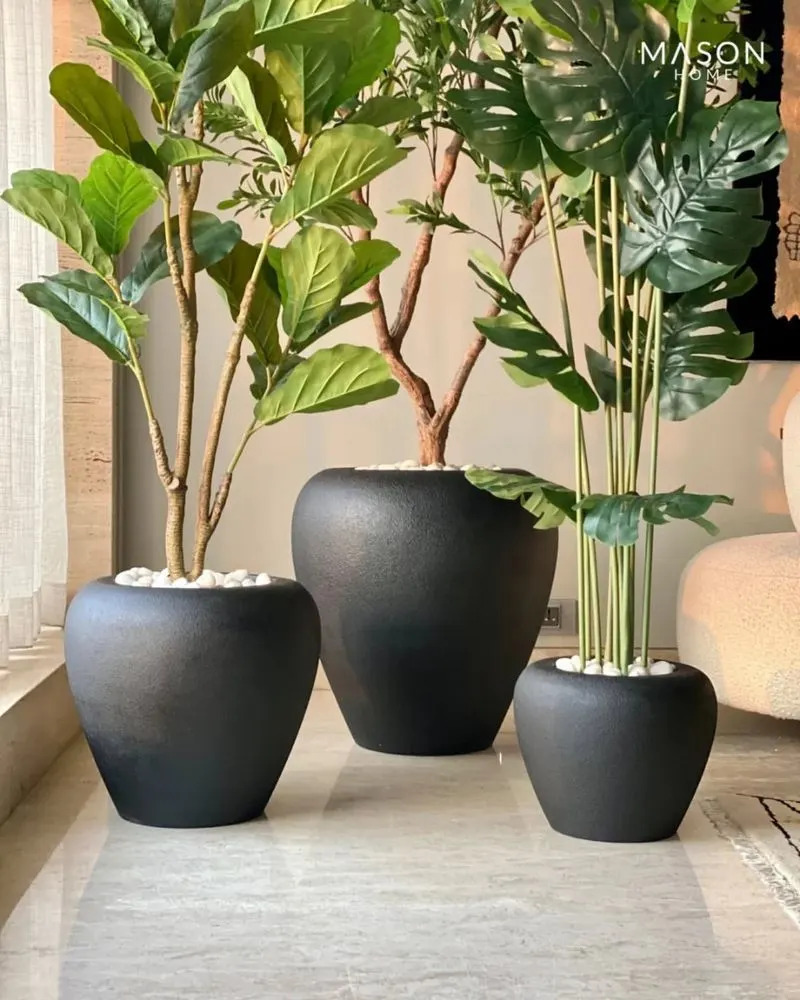
Opting for heavier pots can prevent accidents. Cats are less likely to topple these, safeguarding both the plant and surroundings. Such pots provide stability, especially for larger plants that might otherwise be vulnerable.
This choice combines functionality with style. Heavy pots are available in various designs to suit your decor. It’s a practical solution that doesn’t compromise on aesthetics. Keeping both your plants and home safe is achievable with thoughtful choices.

